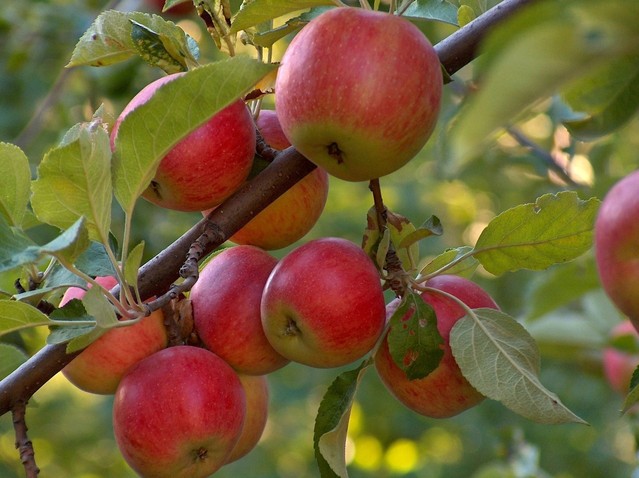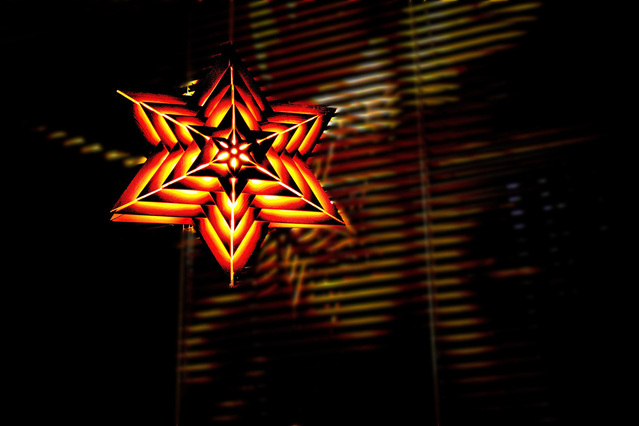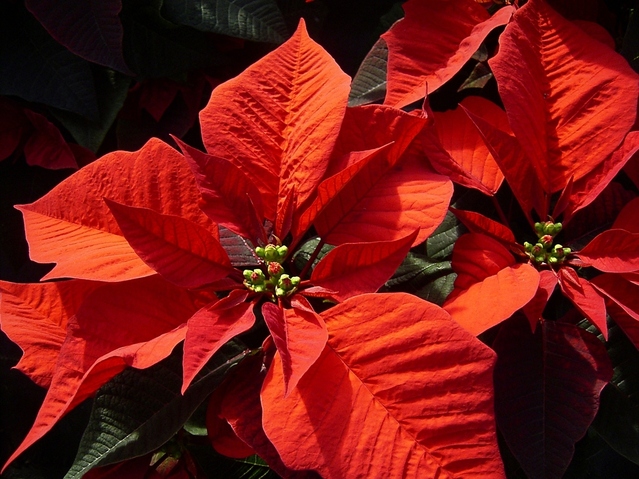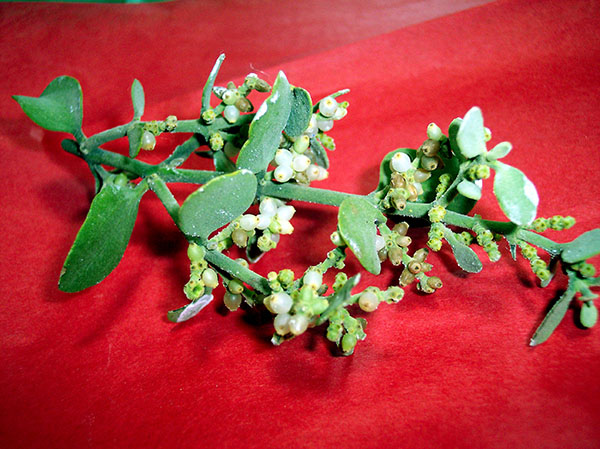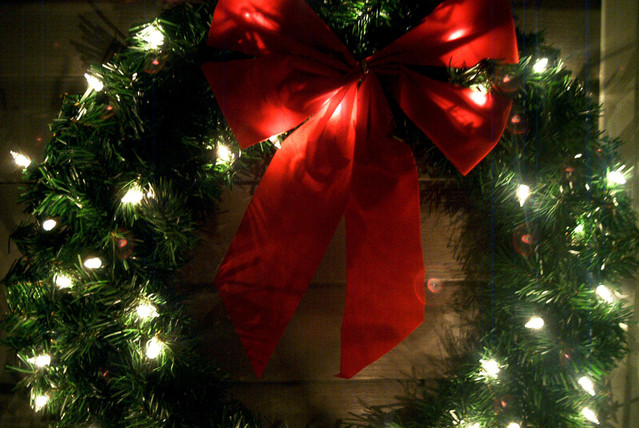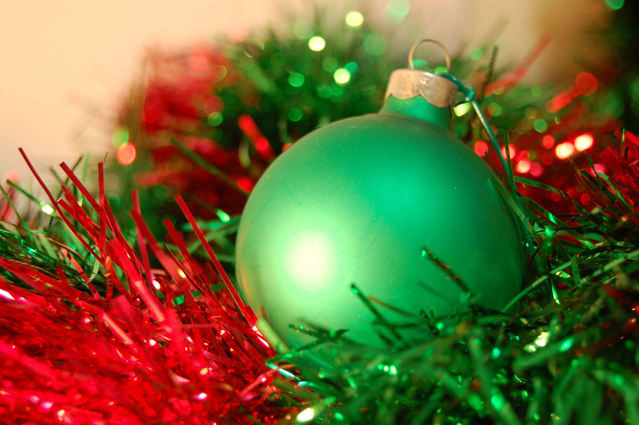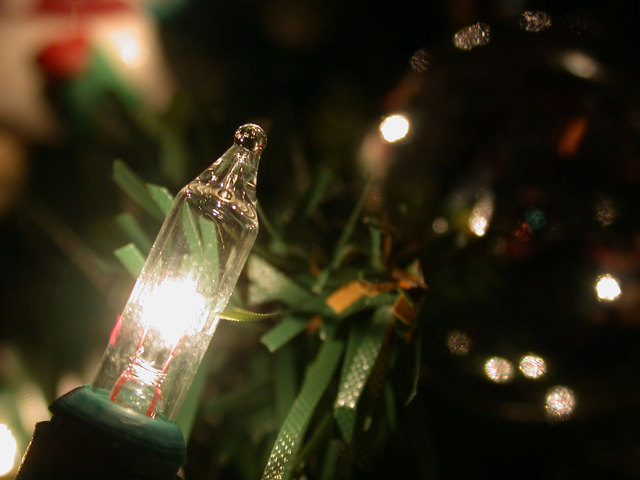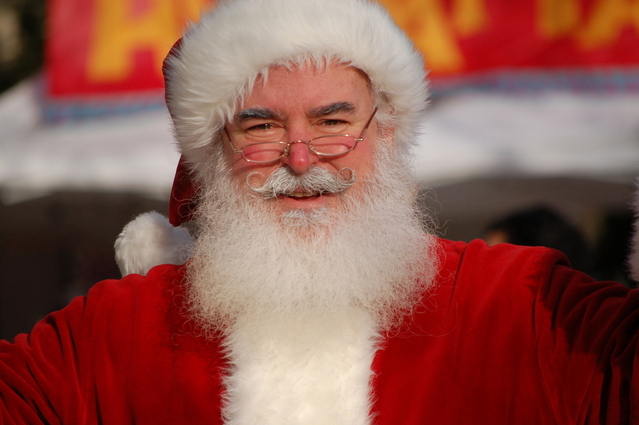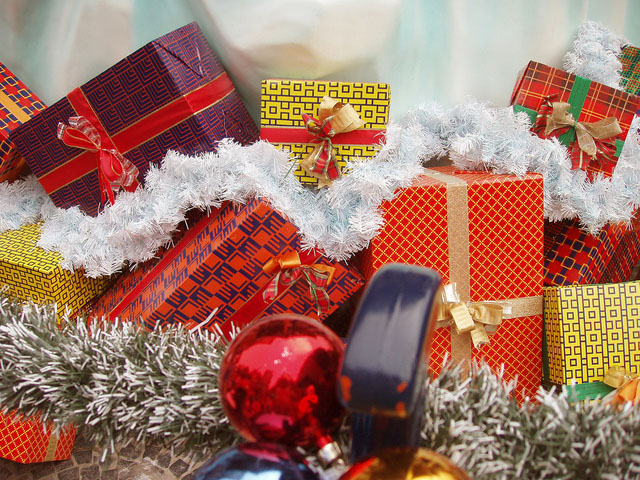The Religious Symbolism of Secular Christmas
Christmas has a lot of symbols. Wreaths, reindeer, Santa Claus. And most of these are not symbols we usually see in church, so it can be easy to let these things distract us from the true meaning of Christmas.
But many of the “secular” symbols that have come to be associated with Christmas either began as religious symbols or have developed religious meanings over the years.
If we focus on the religious meanings behind the many Christmas symbols, we can have a more spiritual, more enriching Christmas time.
Christmas Tree
The Christmas tree is one symbol that predates the celebration of Christmas. Roman festivals used a decorated evergreen tree to celebrate the winter time.
But the evergreen tree naturally fits in with Christianity. The living tree overcoming the death of winter mirrors the story of Christ himself. When the Germanic peoples converted to Christianity they kept the tree. Then when Martin Luther began the protestant reformation, he prominently used an evergreen tree specifically as a lasting symbol of Christ’s resurrection.
Red & Green
During the Middle Ages, Christmas Eve was also the feast day of Adam and Eve. Plays would retell the story of Adam and Eve using a Christmas tree and a red apple. This is where the red and green symbolism began.
Red and green also work as complimentary symbols for Christ. The red symbolizing the blood he spilled for each of us, the green symbolizing everlasting life. Red and green symbolize death and life, the two greatest gifts Christ gave to us.
Star
This symbol actually is God-given. Matthew 2 tells the story of the wise men traveling to find Jesus. They explain that they saw a star directing them to the location of Christ.
As Latter-day Saints, we know that this symbol was of particular importance to the Nephites, where the star is both prophesied by Samuel the Lamanite, and the fulfillment recorded by Nephi.
Poinsettia
The Christmas flower is not quite as popular today as in decades past, but it is still largely connected to Christmas in popular thought.
The Christmas symbolism behind the poinsettia is simple. It is both red, a traditional color of Christmas, shaped like a star with its associated symbolism, and living during winter. It doesn’t bring much of its own symbolism to the table, but with three symbols in one, you can understand it’s resilience.
Mistletoe
Like evergreen trees, holly, and ivy, mistletoe is often used around Christmas time for the simple reason that it’s alive and green.
Mistletoe, however, also has symbolic reference to one of Christ’s parables in John 15. In this parable Christ teaches about the reliance of the branches to the vine, much as we must rely on him. Mistletoe has no roots. It relies entirely on the trees it grows on for its nutrition, the same way we rely on Christ.
Wreath
The wreath takes the symbolism of the evergreen and adds the symbolism of its circular shape.
Circles symbolize eternity. As Joseph Smith taught, “I take my ring from my finger and liken it unto the mind of man—the immortal part, because it has no beginning. Suppose you cut it in two; then it has a beginning and an end; but join it again, and it continues one eternal round. So with the spirit of man.”
In addition, traditionally Christmas wreaths left one candle unlit in the center until Christmas eve, when they lit it to symbolize the arrival of the light of the world.
Ornaments
Decorating Christmas trees predates Christmas, so the origin of ornaments is not necessarily religious. However, the round balls that so often adorn trees today simply transport the circular symbolism of the wreath inside.
In addition, many ornaments take on some of the other symbols in our list, and many families have ornaments that are especially meaningful to them.
Bells
Bells have many rather on the nose symbolic meanings for Christmas. The sound of bells is joyful, much as we are, and bells are often used to announce important news, such as the birth of Christ.
More interestingly, bells are an important part of the Priest’s garb as described to Moses. The use of bells at Christmas time, then, is an important reminder that Christ is the great High Priest, the head of our Church, and the focus of our faith.
Lights
Christ said in John 8:12, “I am the light of the world.” So it’s natural that we would decorate with lights in celebration of him.
By placing lights on our own homes and trees, we also (symbolically) follow Christ’s instructions to us to also be the light of the world.
Santa Claus
For many, Santa Claus is the symbolism of Christmas commercialism gone amuck. But the tale of Santa actually comes from a real man who lived in the fourth century.
Nicholas was an incredibly generous man who often found opportunities to give to the poor. Many of the symbols around Santa Claus come from the life of Nicholas. Such as when he dropped money into the socks of three poor women.
Gifts
The giving of gifts was actually a part of celebrating Nicholas’ life on December 6th. But after the Protestant Reformation, the tradition was combined into Christmas for those who no longer venerated Saints.
While the spirit of generosity that gifts symbolized is always worthy of our attention, the specific gift of Jesus Christ makes this symbol very meaningful for Christians.
Wondering about the symbolism or history of other images we see around Christmas time? Ask in the comments and we’ll do our best to research an answer for you and yours. Happy Holidays!




